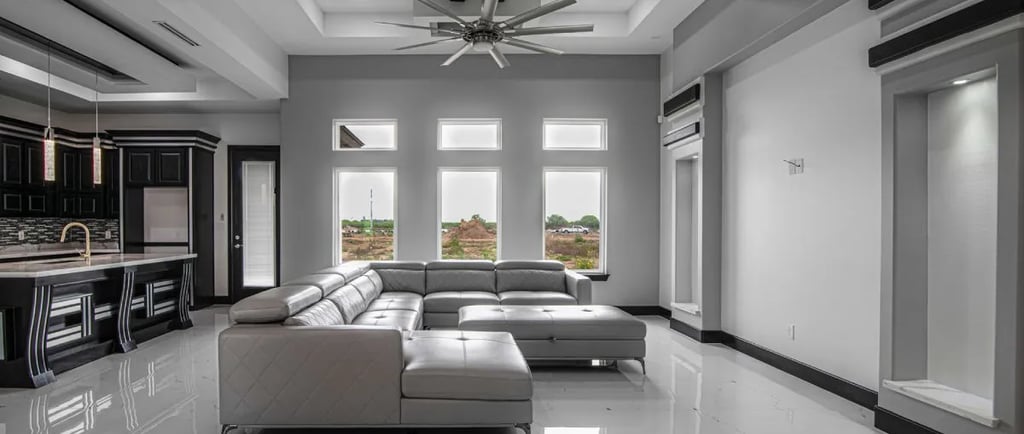items chosen one by one so you have the best option and save money on amazon (Links in articles)
Luxury vs. Affordability: How Gentrification Is Changing U.S. Neighborhoods
Gentrification has become one of the most polarizing topics in American urban development. On one side, proponents celebrate revitalized communities, modern architecture, and rising property values. On the other, critics point to rising rents, displaced long-term residents, and the erasure of cultural identity. In 2026, the tension between luxury and affordability has never been more visible. This article explores how gentrification is reshaping U.S. neighborhoods—both physically and socially—and what it means for the future of urban housing and architectural trends.
6/24/20252 min leer


What Is Gentrification?
Gentrification occurs when an influx of wealthier individuals moves into a historically lower-income area, often leading to:
Renovation or replacement of older homes with upscale housing
Increased property values and living costs
Demographic shifts and cultural displacement
Rapid changes in local businesses and amenities
While it can boost economic development, the effects on existing residents and community structures can be severe.
The Luxury Invasion: What’s Driving It?
1. Real Estate Investment and Profit Motives
Developers target undervalued neighborhoods to build high-end condos and apartments that promise high returns.
2. Young Professionals Seeking Urban Living
Millennials and Gen Z are choosing walkable, amenity-rich city neighborhoods—putting pressure on traditional housing zones.
3. Architectural Trends Toward Modern Minimalism
Luxury buildings often feature sleek designs, rooftop lounges, coworking spaces, and smart home tech—appealing, but unattainable for many.
4. Zoning and Policy Incentives
Cities may support luxury development in hopes of increasing tax revenue or improving infrastructure.
The Affordability Crisis
While new development brings modern architecture and urban renewal, it often comes at a cost:
Skyrocketing Rents: Long-term renters are priced out as demand drives up monthly costs.
Loss of Affordable Housing Stock: Older homes are demolished for luxury units, reducing housing options for low-income families.
Cultural Erasure: Communities lose their local identity as boutique cafés, gyms, and co-living spaces replace cultural staples.
Increased Homelessness: Displacement without viable alternatives leads to more people living on the streets or in temporary shelters.
Cities Most Affected in 2026
Austin, TX: Once known for its affordability and culture, now a tech and luxury development hub.
San Francisco, CA: One of the earliest and most extreme examples, where middle-class families are pushed out.
Atlanta, GA: Rapid development in traditionally Black neighborhoods is raising concerns about cultural loss.
New York City, NY: Long-standing epicenter of gentrification battles.
Can Luxury and Affordability Coexist?
Some urban planners argue it’s possible—with thoughtful design and policy:
Inclusionary Zoning: Requires developers to include affordable units in new buildings.
Rent Control and Tenant Protections: Help stabilize housing for existing residents.
Community Land Trusts: Keep land in the hands of local communities to ensure long-term affordability.
Preservation Incentives: Encourage the restoration of historic homes instead of replacing them with luxury units.
Final Thoughts: What Future Do We Want for Our Cities?
Gentrification is not just a design or housing issue—it’s a cultural and ethical one. As luxury architecture rises across U.S. neighborhoods, the question remains: Who gets to live there? Balancing progress with protection will require bold policies, inclusive planning, and genuine community engagement.